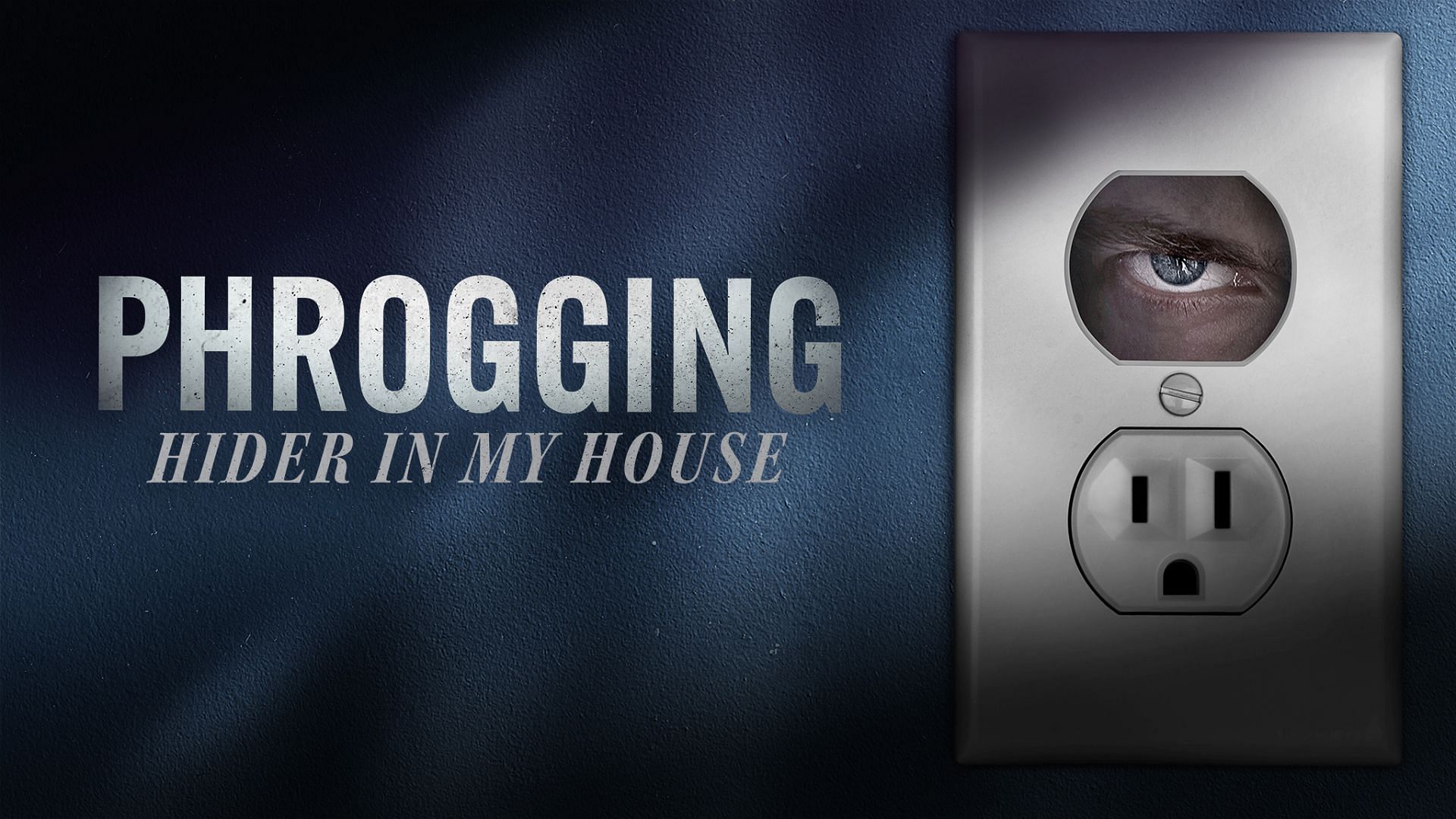Phrogging Basics: An Introduction to This Strange Practice
Phrogging Basics: An Introduction to This Strange Practice
Blog Article
Imagine finding that someone has been privately residing in your house without your knowledge. This unnerving phenomenon is named "what is phrogging" (pronounced “frogging”). The word derives from the thought of a "frog" jumping in one position to a different, as phroggers frequently inhabit various houses temporarily while outstanding undetected. While it might seem like anything out of a fear picture, phrogging is really a real and increasingly noted issue.

What Is Phrogging?
Phrogging refers to the behave of somebody privately surviving in yet another person's home, generally without their consent or awareness. A phrogger may remain in hidden areas such as attics, basements, crawl spaces, spare rooms, as well as underneath furniture. They depend on the homeowner's neglect to test these parts, frequently going in and out stealthily to prevent detection.
Phroggers don't tend to stay in one single place for long. That transient behavior means they frequently go undetected for extended intervals, utilizing their host's food, electricity, and other sources without permission.
Why Is Phrogging on the Rise?
While standard information on phrogging is restricted, historical evidence and information reports suggest a rise in such cases. A variety of facets has led to the development:
• Financial hardship has remaining many persons struggling with homelessness, primary some to seek unconventional shelter.
• Bigger, multi-story domiciles common in the present suburbs provide ample hiding spots for would-be phroggers.
• Homeowners' increasing dependence on digital gadgets like clever locks and motion detectors may inadvertently result in neglect of periodic, physical inspections of these homes.
How exactly to Protect Your House
To shield yourself and your house from phrogging, consider these safety tips:
1. Regular Inspections
Perform schedule checks of your property's less frequented places, such as for example attics, basements, and storage spaces. These spots tend to be primary parts for concealment.
2. Use Surveillance Cameras
Install protection cameras in and about your home. Cameras with movement detection may alert one to suspicious activity, even in low-traffic areas.
3. Protected All Accessibility Points

Lock windows, opportunities, and any extra entrances to stop unauthorized access. Guarantee sacrifice recommendations are hidden securely or entrusted simply to people you trust.
4. Stay Observant
Focus on uncommon signals like food planning lacking, disturbed products, or unusual noises. These can show somebody is remaining in your home.
While phrogging may appear like a unique incidence, their rise underscores the importance of heightened house awareness. By keeping wary and using aggressive methods, you are able to considerably lower the danger of encountering this disconcerting danger.
Report this page